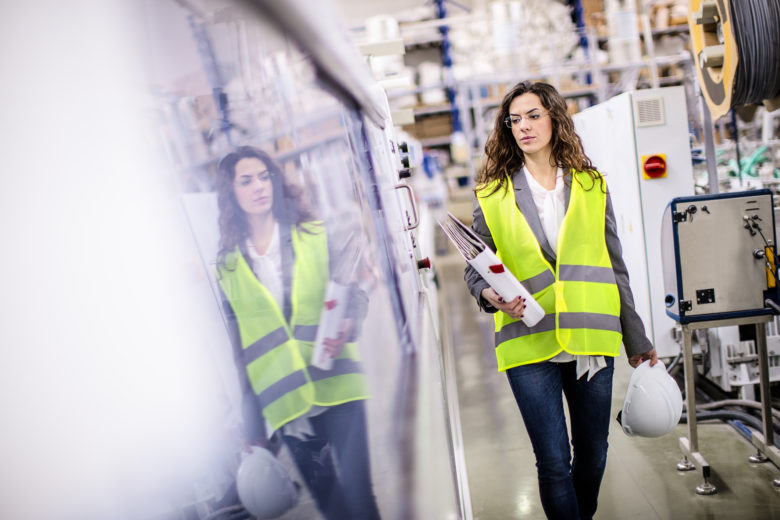When searching for the right safety program, many companies realize that safety off the job is just as important as safety on the job. A huge part of the success or failure of an EHS initiative comes down to workers’ attitudes and beliefs about what’s important, and providing support for safety at home can help them accept the value of safety everywhere—including the workplace.
In the May/June 2018 issue of Concrete Repair Bulletin, Rylan Page, Corporate Safety Manager for Vector Construction, discusses the importance of making people care about safety:
“(…) in addition to safety basics like hazard controls, it is also important to focus on behavior. If we can help people get committed to safety and develop better habits at home and on the road, they will be much more likely to be safe at work.”
In his article, Rylan outlines the best way to make employees think about safety in a broader context. He also describes how Vector helped change workers’ attitudes and significantly improved safety results by integrating behavior-based systems into their existing program.
In fact, after rolling out SafeStart training and continuously supporting workers’ new safety skills, Vector reduced its TRIR by 66 percent, recordable injury rate fell from nearly 30 to 4 while near-miss reporting—a sign of participation and buy-in in the safety culture—increased by 600 percent.
The article, entitled “Behavior-Based Safety: Making the Case for a Focus on Habits”, is written by a safety professional who knows all the risks of the industry and understands the importance of including people in safety. This means supplementing reliable engineering controls within the safety program with a strong behavioral component. According to Rylan, “With some small additions, you can help change the workers’ attitude and shift their perspective of safety from ‘a work thing’ to a 24/7 habit.”

